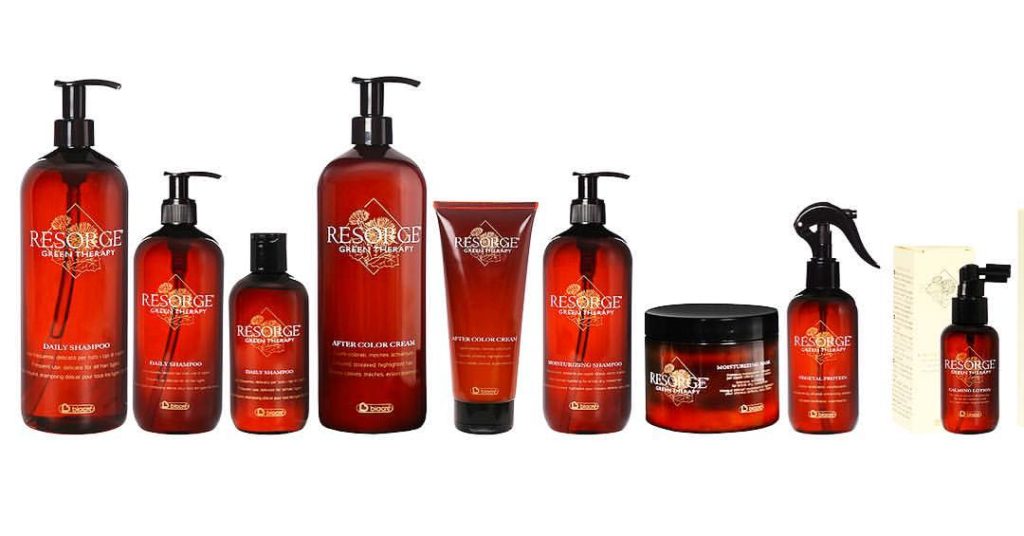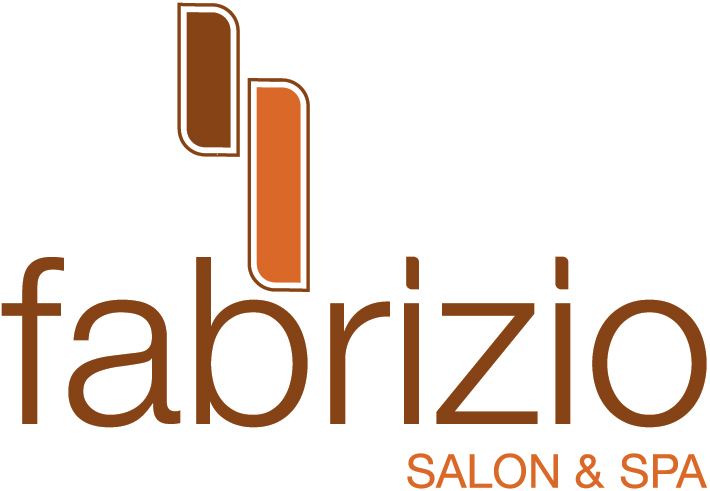Introducing Resorge...
 What is Resorge?
What is Resorge?
Comes from the Italian which means to “revive”.
What makes this line so special?
Contains active natural ingredients that are certified organic combined with + premium quality and technologically advanced ingredients. Does not contain inexpensive deterging agents
What are some amazing highlights of this line?
All Resorge products are SLES Free!
What does this mean?
Sodium laureth sulfate (SLES), an acronym for sodium lauryl ether sulfate, is an anionic detergent and surfactant found in many personal care products (soaps, shampoos, toothpaste, etc.). SLES is an inexpensive and very effective foaming agent. Resorge does not contain any SLS or SLES.
These inexpensive Sulfates are known irritants that are harsh on the scalp and hair. These can strip hair of moisture.
Colorant Free (No Artificial Colors)
Artificial colors are prevalent in our daily life. They are in our lipstick, toothpaste, nail polish, hair dyes and tanning spray, and they’re also added to medications and nutritional supplements to help us differentiate between the various pills in our pill organizer. And they create the colors in our clothing, bath towels, bed linens, shoes, carpets – their application is immeasurable. Artificial colors contain various chemicals and are commonly derived from petroleum products. Although they have been linked to many health concerns, including allergic reactions, behavioral changes, and even cancer, the U.S. Food and Drug Administration continues to allow them to be used in food from soda to salmon, the food industry adds more than 15 million pounds of artificial food dyes into our food supply each year. Artificial dyes are added to so many foods, we hardly think twice about how Froot Loops get their bright colors or what makes cola brown. Dyes can be found in thousands of foods, including breakfast cereal, candy, and chewing gum.
Americans are eating more artificial colors than ever. The amount has increased from 12 mg a day in the 1950s to 68 mg a day in 2012. That’s a 5-fold increase but it shouldn’t come as a surprise, not when a meal of Kraft Dinner, Orange Crush and a bag of Skittles delivers 102 mg of artificial dyes. Alarmingly, many people are unaware of the potential dangers associated with them.
In the United States, all food and drink labels must list the artificial colors they contain. To denote synthetic food coloring agents (or artificial dyes), they are assigned FD&C (Federal Food, Drug and Cosmetic) and regulated by the FDA.
Seven artificial colors are approved for use in food in the U.S.:
| FD&C Blue No. 1 Brilliant Blue
FD&C Blue No. 2 Indigotine FD&C Green No. 3 Fast Green FD&C Red No. 3 Erythrosine |
FD&C Red No. 40 Allura Red
FD&C Yellow No. 5 Tartrazine |
Reported reactions to artificial dyes include:
| · ADHD
· Bedwetting · Confusion · Ear infections · Eczema |
· Anaphylactic · Reactions Frustration
· Hives · Hyperactivity · Itchiness · Lack of concentration |
· Mood swings
· Obsessive/compulsive behavior · Sleep disturbances · Temper tantrums · Violent outbursts |
Propylene Glycol Free
Propylene Glycol is actually classified as an irritant by the National Library of Medicine. Due to its property as a penetration enhancer, it aids harmful chemicals to enter into your skin faster, causing irritation. Propylene Glycol is derived from petroleum.
DEA-MEA Free
Diethanolamine (DEA), Monoethanolamine (MEA), are ammonia compounds used in cosmetics as emulsifiers or foaming agents. You’ll see these listed on the ingredient label as “MEA, & DEA abbreviations for monoethanolamine, and diethanolamine. They are hormone-disrupting chemicals and may be cancer causing. You will not find these in Resorge.
Paraben Free
Parabens are a form of preservative that is widely used in the cosmetic and personal care industry. Products like soaps, conditioners, moisturizers, shampoo and deodorant frequently contain parabens. Paraben occurs in products in various forms of esters, such as methylparaben, propylparaben, and butylparaben. Of greatest concern is that parabens are known to disrupt hormone function, an effect that is linked to increased risk of breast cancer and reproductive toxicity,” reports the non-profit Campaign for Safe Cosmetics (CSC). “Parabens mimic estrogen by binding to estrogen receptors on cells.”
Certified Organic Ingredients
Contains natural organic ingredients such as: Calendula Oficinalis (Marigold Extract), Tilia Cordata Extract, Green Tea Extract and other organic ingredients.
Dermatologically Tested
According to the European legislation of Cosmetics, products must be tested (as far as their safety and efficacy are concerned) on healthy human volunteers in certified clinical laboratories.
Quick Analysis of Moisturizing Shampoo Ingredients:
Aqua (Water)
Ammonium Lauryl Sulfate (derived from Coconut),
Cocamidoprypol Betain (derived from Coconut),
Sodium Laurel Methyl Isethionate
(a water soluble, coconut-derived surfactant that also happens to be sulfate-free not to be confused with similar sounding sodium lauryl sulfate. This ingredient is an incredibly mild surfactant, and is considered to be one of the safest on the market.)
Disodium Laureth Sulfosuccinate
(While Disodium Laureth Sulfosuccinate may sound like a sulfate, it is not. It will cleanse the hair, but will not strip the moisture from hair the way harsh sulfates do. The result is an effective cleanser that is safer and less irritating to the skin, hair, and scalp.)
